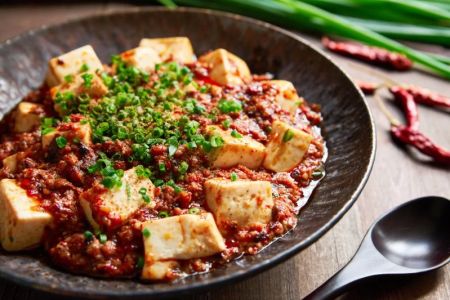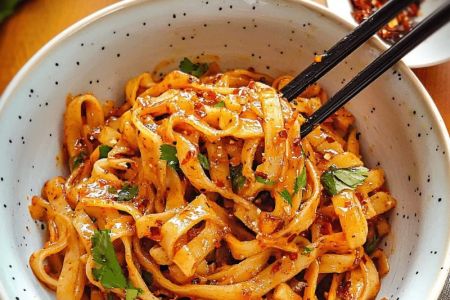- 1-Importance-Of-Food-Safety-In-Chinese-Restaurants
- 2-Proper-Storage-And-Handling-Of-Ingredients
- 3-Maintaining-Cleanliness-In-Kitchen-And-Dining-Areas
- 4-Safe-Cooking-Practices-For-Chinese-Cuisine
- 5-Training-Staff-On-Food-Safety-Protocols
- 6-Real-Examples-Highlighting-Food-Safety-Impact
- 7-Where-To-Find-Reliable-Chinese-Food-Safety-Resources
1. The Importance of Food Safety in Chinese Restaurants
Food safety is paramount in any restaurant, especially in Chinese cuisine where a variety of fresh and cooked ingredients are used. Proper food safety protocols help prevent foodborne illnesses, protect customer health, and maintain the restaurant’s reputation. With dishes often featuring seafood, meats, and vegetables prepared in diverse ways, attention to hygiene is critical.
Understanding and implementing food safety tips tailored for Chinese restaurants ensures compliance with health regulations and builds customer trust.
2. Proper Storage and Handling of Ingredients in Chinese Kitchens
Effective storage practices are essential to preserve ingredient freshness and prevent contamination. Raw meats and seafood should be stored separately from vegetables to avoid cross-contamination. Temperature control is vital — cold storage must be consistently maintained below 5°C for perishables.
Using clearly labeled containers and practicing FIFO (first-in, first-out) inventory management minimizes spoilage. In Chinese kitchens, where sauces and marinades are commonly used, hygienic handling is necessary to avoid bacterial growth.
3. Maintaining Cleanliness in Kitchen and Dining Areas
Cleanliness is the foundation of food safety. Regular cleaning and sanitizing of surfaces, utensils, and equipment prevent pathogen buildup. Floors and drains should be kept free of debris, as these areas can harbor harmful bacteria if neglected.
In busy Chinese restaurants, where wok cooking and steaming are prevalent, grease buildup must be controlled to maintain a hygienic environment and reduce fire risk.
4. Safe Cooking Practices for Authentic Chinese Cuisine
Cooking at proper temperatures is crucial for eliminating harmful microorganisms. Stir-frying and steaming must reach temperatures sufficient to ensure safety without compromising flavor or texture.
Special care is needed when preparing dishes like dim sum or hot pot, where food items may be cooked at the table — ensuring utensils and broth are clean prevents contamination.
Using separate cutting boards and knives for raw and cooked foods further minimizes risks.
5. Training Staff on Food Safety Protocols and Best Practices
Staff training ensures consistent adherence to food safety standards. Employees should be educated on proper handwashing, glove use, and cross-contamination prevention techniques. Regular refresher courses and monitoring reinforce a culture of safety.
Empowered staff are more likely to take ownership of hygiene practices and contribute to a safer dining experience.
6. Real Examples Highlighting the Impact of Food Safety in Chinese Restaurants
One renowned Chinese restaurant improved its food safety by implementing rigorous temperature checks and staff training, resulting in a 30% reduction in customer complaints related to food quality and a boost in positive reviews.
Conversely, a case where improper storage led to a foodborne illness outbreak underscored the critical need for strict hygiene measures. These real-world stories demonstrate how food safety directly affects business success and customer health.
7. Where to Find Reliable Resources for Chinese Food Safety
For restaurateurs seeking trustworthy guidance and products related to Chinese food safety, Chinese Food offers expert-curated recommendations. From kitchen supplies to training materials, the platform supports restaurants in maintaining high standards and complying with regulations.
Accessing such resources helps restaurants stay ahead of evolving food safety challenges and deliver exceptional dining experiences.







